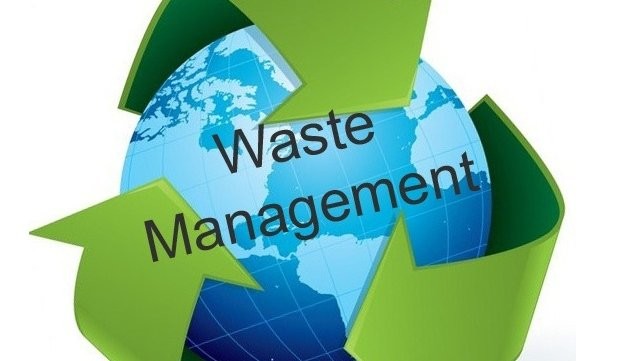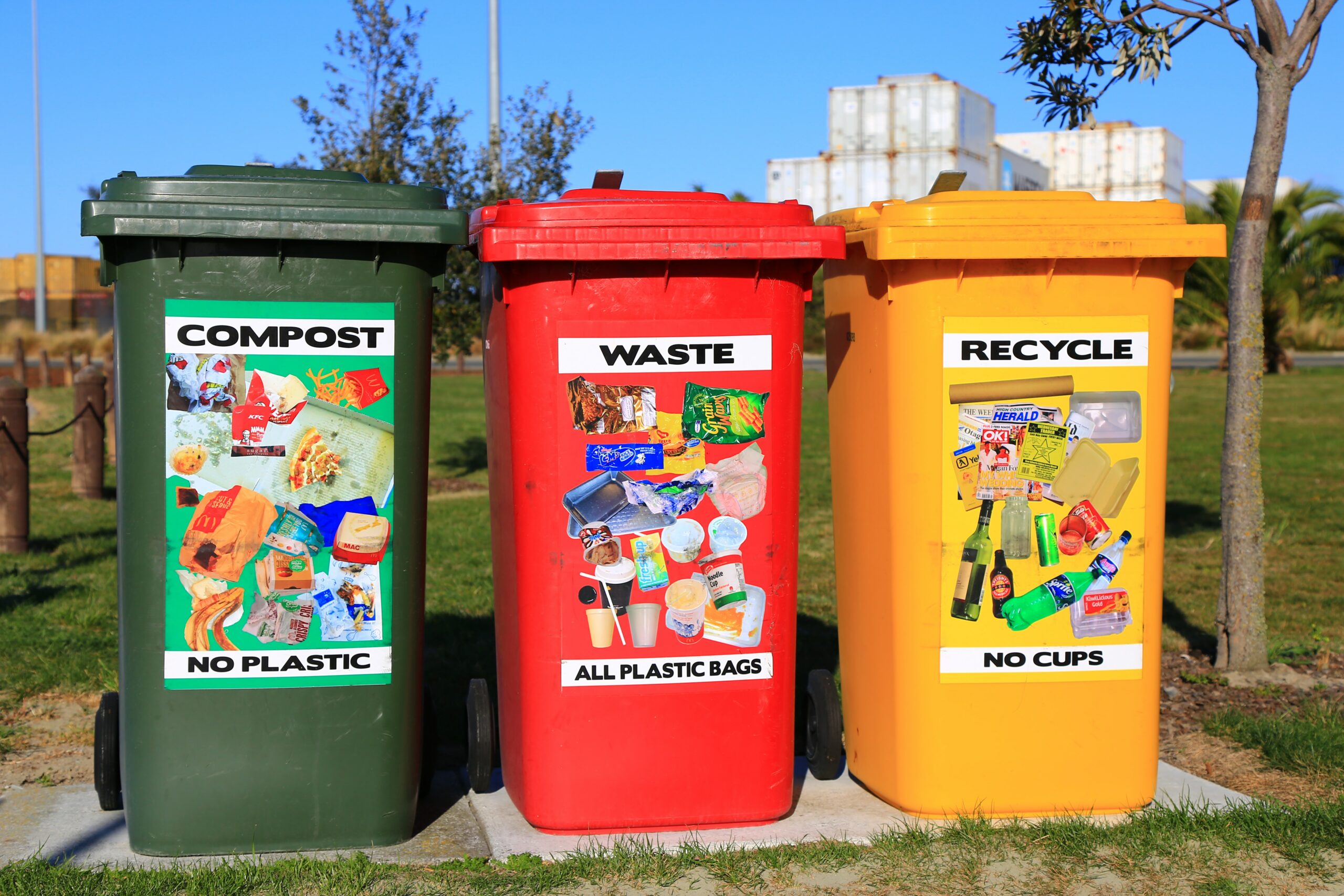Checking Out Different Sorts Of Waste in Modern Waste Management Equipment
The modern landscape of waste management entails navigating a complex selection of waste types, each needing specialized handling and disposal techniques to alleviate ecological effects. Local solid waste, dangerous waste, digital waste, and organic waste each present unique obstacles and chances for resource healing.
Community Strong Waste
Municipal solid waste, usually described as house trash or garbage, incorporates a selection of thrown out products produced by residential, commercial, and institutional resources within a town. This waste stream normally consists of products such as packaging, food scraps, backyard trimmings, paper, plastics, fabrics, and thrown out family items. The management of metropolitan strong waste is an important component of city preparation and public wellness, necessitating reliable collection, transport, and disposal systems.
Reliable waste management systems are designed to minimize ecological impact while making the most of source recovery. This frequently includes a combination of methods consisting of recycling, landfilling, and composting. Recycling programs target materials like paper, glass, metals, and particular plastics, diverting them from land fills and reintroducing them into the manufacturing cycle. Composting natural waste, such as food scraps and yard trimmings, not only reduces landfill usage however additionally produces important soil amendments.
Communities should likewise deal with the logistical and financial challenges related to waste administration. Implementing pay-as-you-throw systems, improving public recognition, and buying modern technology can significantly enhance waste diversion rates. By integrating these techniques, municipalities can foster lasting communities, minimize greenhouse gas exhausts, and preserve natural deposits.
Hazardous Waste

Efficient contaminated materials management involves a number of important actions: identification, therapy, disposal, and segregation. Identification entails the category of waste based on its unsafe homes. Partition makes sure that hazardous materials are stored independently from non-hazardous waste to avoid cross-contamination. Therapy methods, such as chemical neutralization, incineration, and stabilization, are used to decrease the toxicity, quantity, or movement of the waste. Lastly, disposal options, including secure garbage dumps and underground storage, are selected to guarantee long-term containment.
Regulative frameworks, such as the Resource Conservation and Recuperation Act (RCRA) in the United States, offer standards and requirements for contaminated materials management. Adherence to these regulations, coupled with improvements in waste therapy modern technologies, is necessary in minimizing the threats connected with harmful waste.
Digital Waste
Digital waste, generally described as e-waste, represents a rapidly expanding obstacle in waste administration systems around the world. This type of waste incorporates disposed of electronic gadgets and devices such as smart devices, computers, televisions, and other electronic devices. The fast speed of technological improvement, combined with decreasing product life expectancies and consumer demand for the most up to date devices, has exponentially boosted the quantity of e-waste generated each year.
E-waste is particularly bothersome as a result of its complex structure, commonly having dangerous compounds like mercury, lead, and cadmium, which position substantial environmental and health and wellness risks otherwise correctly taken care of. Alternatively, e-waste also contains valuable products such as silver, copper, and gold, which can be recuperated and recycled. The double nature of e-waste-- both important and hazardous-- necessitates customized handling, reusing, and disposal processes.
Reliable e-waste monitoring involves rigid governing frameworks, robust collection systems, and advanced recycling innovations. Public recognition and engagement are important, as inappropriate disposal practices, such as illegal unloading and casual recycling, aggravate ecological contamination and health risks. Subsequently, improving e-waste management techniques is important for minimizing ecological impact and recuperating important resources in a progressively digital globe.

Organic Waste
Organic waste, comprising kitchen scraps, backyard trimmings, and farming deposits, represents a significant portion of the worldwide waste stream. This kind of waste is naturally degradable, meaning it can be broken down by microbes right into less complex organic substances. In spite of its potential for natural decomposition, incorrect management of natural waste can lead to negative environmental influences, including the emission of greenhouse gases such as methane, which contribute to environment change.
Effective administration of natural waste is vital for try this minimizing these ecological effects (recycling lives services). Composting is a commonly taken on technique, changing organic waste right into nutrient-rich compost that can enhance soil health and wellness and agricultural performance. In addition, anaerobic food digestion is an emerging innovation that transforms organic waste into biogas, an eco-friendly energy source, and digestate, which can be used as fertilizer
Municipalities and waste monitoring entities need to apply robust organic waste collection and therapy programs to maximize the advantages of these processes. Public education and learning projects can also play an essential role in motivating homes and organizations to different organic waste from other sorts of waste. By prioritizing the monitoring of organic waste, societies can minimize garbage dump usage, reduced greenhouse gas exhausts, and develop useful byproducts for agricultural use.
.jpg)
Cutting-edge Waste Administration
In the realm of waste monitoring, ingenious techniques are transforming exactly how societies manage their refuse, aiming for sustainability and efficiency. One famous advancement is the execution of clever waste bins outfitted with sensing units that monitor fill degrees and enhance collection routes.
Another significant growth is the adoption of waste-to-energy (WtE) innovations. By converting non-recyclable waste right into functional energy via procedures such as incineration and anaerobic digestion, WtE lowers landfill concern and about his offers a renewable resource source. Innovations in chemical reusing allow for the failure of intricate plastics into their initial monomers, enabling the creation of brand-new, high-grade plastic products.
Additionally, the circular economic situation version is gaining grip, stressing the style of items and systems that prioritize reusability and source effectiveness. This holistic approach urges sectors to lessen waste generation from the start. Via these innovative strategies, modern waste management systems are not just resolving the instant obstacles of waste disposal however also leading the means for a much more lasting future.
Final Thought
An extensive understanding of community strong waste, hazardous waste, electronic waste, and organic waste, paired with the execution of cutting-edge waste monitoring services, is imperative for reducing ecological effects. Incorporating innovations such as wise waste bins and waste-to-energy systems can enhance effectiveness and sustainability. Efficient waste management strategies not only foster resource recuperation however additionally promote public awareness and participation, More Bonuses inevitably adding to the advancement of a circular economic situation.
The contemporary landscape of waste management includes browsing an intricate variety of waste types, each needing specialized handling and disposal methods to reduce ecological effects. Community solid waste, unsafe waste, electronic waste, and organic waste each existing unique challenges and chances for resource healing.Electronic waste, commonly referred to as e-waste, stands for a swiftly expanding challenge in waste monitoring systems worldwide. With these innovative approaches, modern-day waste administration systems are not just dealing with the prompt challenges of waste disposal but additionally paving the method for an extra sustainable future.
A thorough understanding of municipal solid waste, harmful waste, digital waste, and natural waste, coupled with the application of ingenious waste management remedies, is essential for minimizing environmental influences. (recycling lives services)